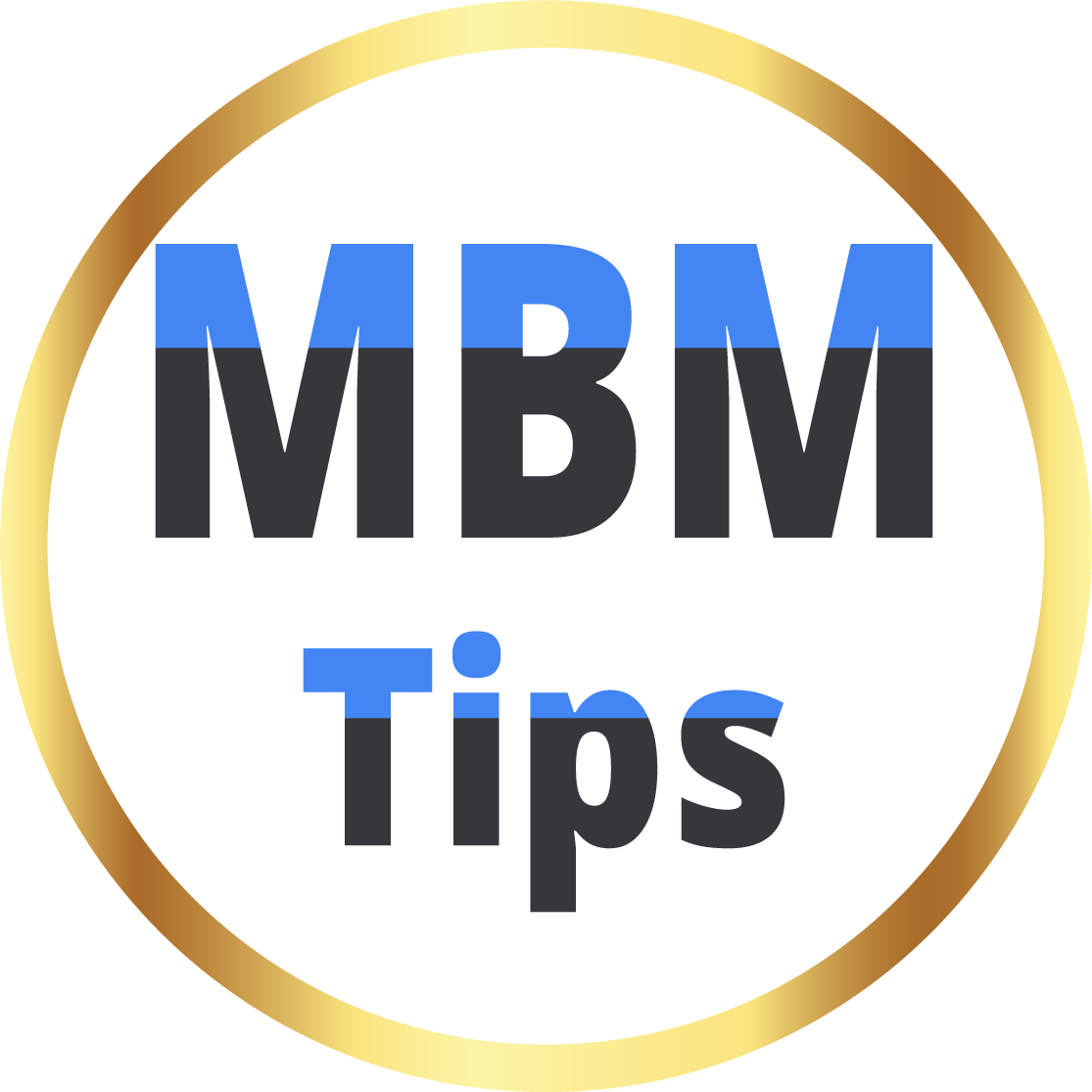For quite some time, scientists have leaned on the simplistic metaphor of living systems functioning akin to machines, notes science writer Philip Ball in "How Life Works." However, it is crucial to acknowledge the intricacies of biology, including what remains unknown. This transparency is vital because public understanding directly impacts policy, healthcare, and trust in science. Ball urges a departure from the notion of cells as computers and genes as mere code, emphasizing that life is more captivating than this reductionist perspective suggests.
When the human genome was sequenced in 2001, expectations ran high, anticipating it to be a life 'instruction manual.' Contrary to this belief, the genome turned out to be no straightforward blueprint. Most genes lack pre-set functions determined by their DNA sequence. Gene activity depends on various external factors, ranging from diet to environmental conditions during an organism's development. This complexity challenges the oversimplified idea that a specific gene causes a particular trait or disease.
Ball questions metaphors such as proteins binding to targets like keys fitting into locks, highlighting the "fuzziness and imprecision" inherent in protein interactions. Many proteins have disordered domains, allowing them to be versatile communicators, adapting rapidly to changes in the cell. Evolution, often seen as a slow process of random mutations, is reconsidered by Ball. Proteins are composed of modules, and reshuffling these modules is a common way to generate new, useful proteins.
The author delves into the philosophical question of what defines life, focusing on agency—the ability of an organism to induce change for a goal. Agency, Ball argues, is attributable to whole organisms, challenging the prevailing gene-centric views of biology. He contends that redefining what genes do is crucial, emphasizing the physiological processes governing organisms' genomes.
Ball is part of a growing movement urging a significant reevaluation of how scientists discuss biology. This shift challenges the gene-centric views that have dominated for years. Genetics alone, Ball asserts, cannot fully comprehend or treat diseases like schizophrenia, cardiovascular diseases, and cancer. These conditions, despite having genetic components, are fundamentally caused by cellular processes going awry. Understanding these holistic processes is essential for finding cures.
In conclusion, Ball suggests that we are at the beginning of a profound rethinking of how life works. However, he cautions against substituting old dogmas with new ones and emphasizes the need to embrace uncertainty. As more discoveries unfold in the coming decades, scientists must allow their ideas to evolve, making it biology's great task for the twenty-first century.
what sugar is found in rna which of these is not a lipid? if a dna double helix is 100 nucleotide pairs long and contains 25 adenine bases, how many guanine bases does it contain? sort these nucleotide building blocks by their name or classification. which of these illustrates the secondary structure of a protein? what type of bond joins the monomers in a protein's primary structure? proteins are polymers of _____. in the origin of the eukaryotes, endosymbiosis tertiary structure is not directly dependent on _____. why do some scientists believe that rna, rather than dna, was the first genetic material? if a strand of dna has the nitrogen base sequence 5'-atttgc-3', what will be the sequence of the matching strand?

